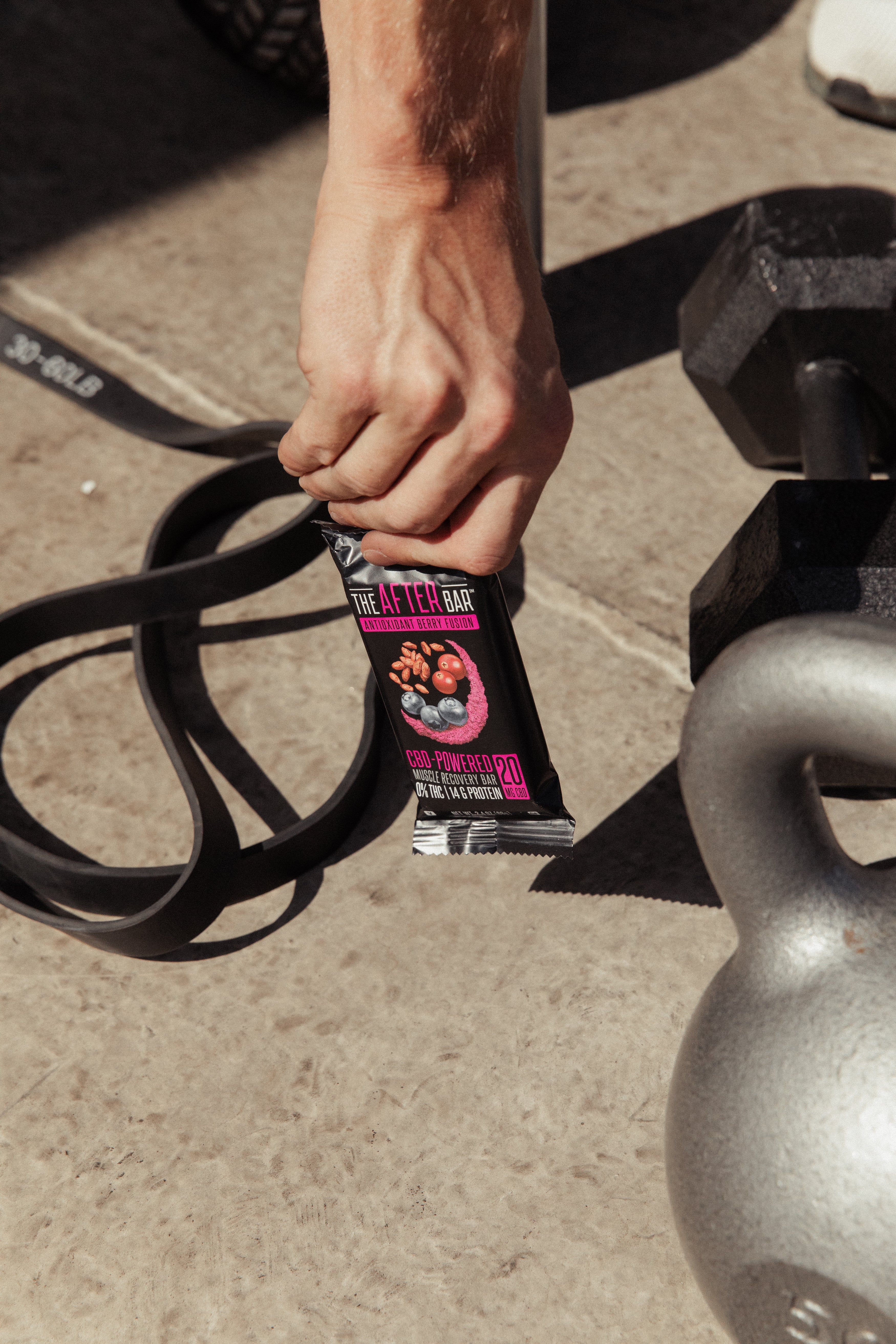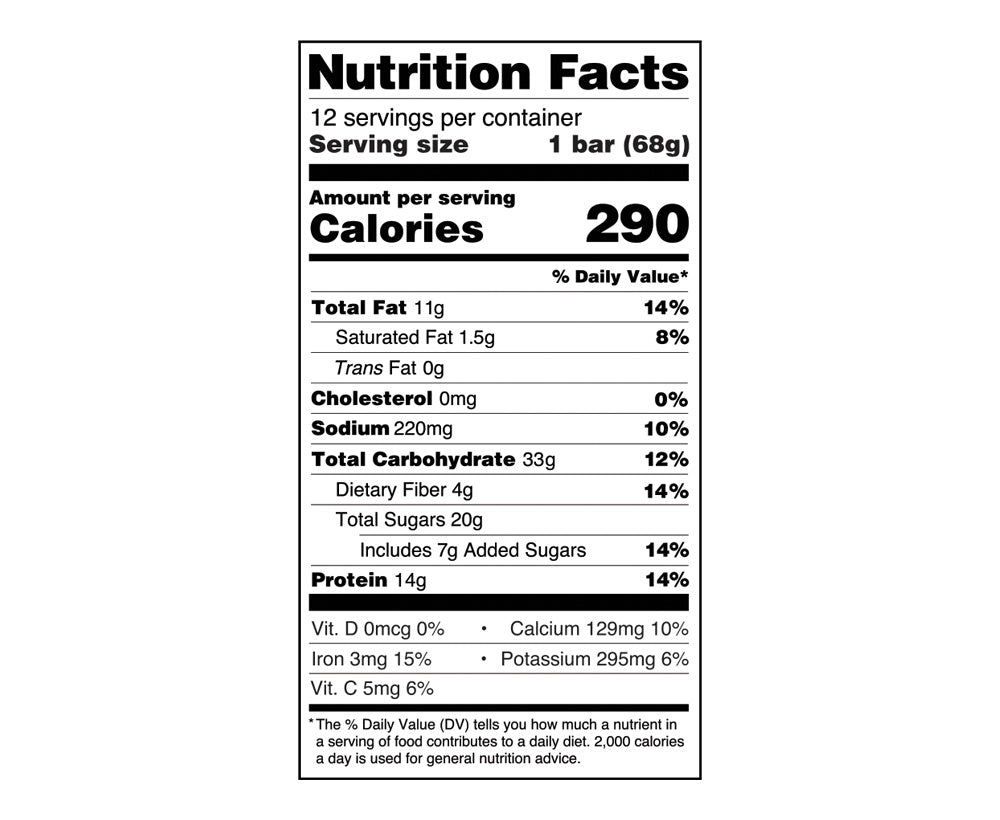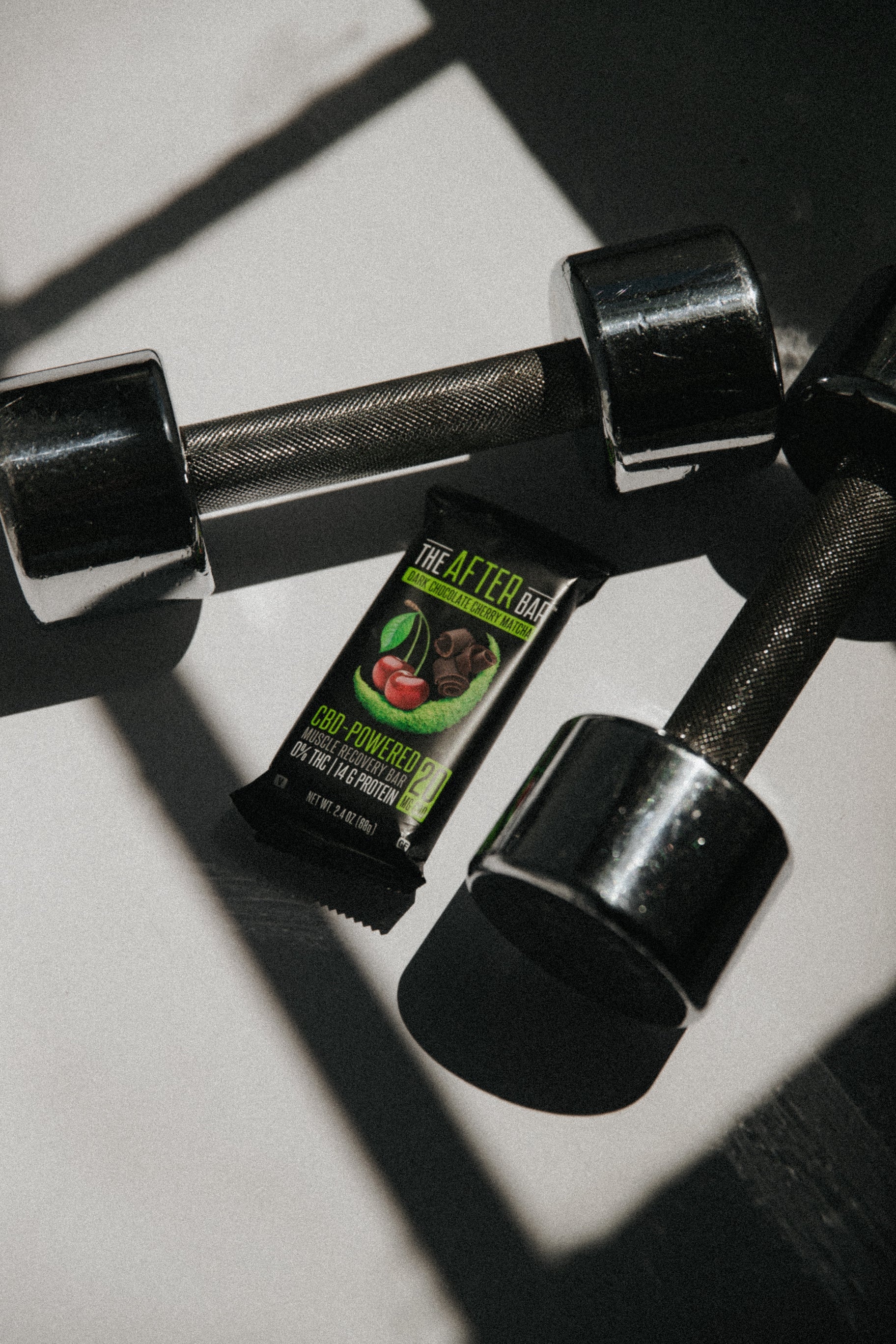HOW TO MANAGE EXPECTATIONS WHEN RETURNING TO THE GYM


While it may be tempting to hop right back into your workout routine, your body will thank you for playing the long game instead. Be prepared to scale back the intensity of your workouts when you return to the gym after a long break.
How long is long?
The average gym goer will probably notice a decrease in strength after a four-week break of little to no activity. The good news is, the more conditioned you were prior to your gym hiatus, the more likely you were able to retain muscle mass. Muscle loss usually starts after two weeks of inactivity so you’re unlikely to be completely back to square one after a hiatus.
For endurance athletes, the same four week break may be harder to come back from. Cardiorespiratory fitness is measured by VO2 max, or the amount of oxygen your body can use during exercise. Studies show a noticeable decline in cardiorespiratory fitness after just a two week break. But it’s not all bad news. Cardio enthusiasts can regain their pre-break fitness slightly faster than strength athletes.
Studies suggest that taking a break on a periodized training schedule, think of pro athletes in the off-season, is beneficial for long term gains.
Getting back into it
It almost goes with saying that now isn’t the time to test your 1RM. You’ll be setting yourself up for failure by not acknowledging that you’ll have to reduce training intensity after a long break. Bring down the intensity of your workouts by lowering the volume of weight lifted, reducing the frequency of your training sessions, or changing the type of exercise (running versus sprinting).
Instead of obsessing over the numbers, take the time to address any underlying mobility issues or persistent injuries you may have. Focus on adding more depth to your squat or perfecting your foot strike technique rather than adding kilos or logging more miles. Consider working with a trainer to hone your technique and reacquaint yourself with your gym’s offerings.
Set realistic goals
Training-related injuries are the number one reason people stop working out. Nothing puts a damper on your return to the gym like a strain, sprain, or overuse injury. While there’s no surefire way to prevent injuries completely, a smart training plan is one of the best ways to avoid getting hurt.
A smart plan will ensure you have adequate time for muscle repair and recovery between training sessions. Most muscle groups benefit from 24-48 hours between strength training sessions. You’d do more harm than good by hitting the bench press on consecutive days.
While the “no days off” has become a popular hashtag, most people will benefit from a few rest days per week. A rest day could look like a hike, yoga class, or bike ride at no more than 50 percent intensity.
Another important aspect of a training plan is setting attainable, time-based goals. If you return to the gym at 75 percent of your previous 1RM, it will likely take 6-8 weeks for you to get back to your old 1RM. Set yourself up for success by adding realistic timeframes to your goals and tracking your progress along the way.
Get serious about your warmup
Even though it may be tempting to reach for the weight rack first thing, you shouldn’t ignore your warmup. A warmup is essential to any workout plan and even more crucial after a gym hiatus.
An efficient warmup gets your heart rate up, increases blood flow to your muscles, and helps mentally prepare you for your workout. It should also include sport-specific movements, think bodyweight squats before leg day, or mobility work tailored to your workout plan for the day.
Don’t skip the warmup if your workout is endurance-based, doing a dynamic warm-up can help improve performance and keep you injury-free. Studies suggest that doing lunges, leg swings, and other dynamic movements is the best way to begin a run.
Try something new
While you’re ramping up to your previous lifts or adding more miles to your runs, now is a great time to try something new. The fitness industry has adapted and innovated during the past year to offer more flexible training programs, online classes, outdoor workouts, and more. Try our 16 minute no equipment Ab circuit here.




































Leave a comment